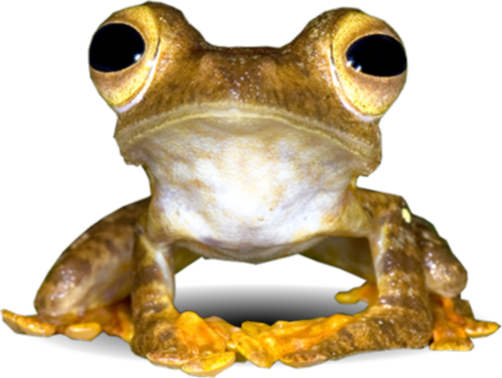Copyright © 2025, Malaysia Biodiversity Centre (MBC), Ministry of Natural Resources and Environmental Sustainability (NRES). All rights reserved. DISCLAIMER - The Malaysian Government, Ministry of Natural Resources and Environmental Sustainability (NRES), Malaysia Biodiversity Centre (MBC) and Forest Research Institute Malaysia (FRIM) shall not be liable for any loss or damage caused by the usage of any information obtained from this website. By entering this site, you acknowledge and agree that no portion of this site, including but not limited to names, logos, trademarks, patents, sound, graphics, charts, text, audio, video, information or images are either MyBIS property or the property permitted by third-party and shall not be used without prior written approval from the owner(s).
Best viewed using latest Mozila Firefox, Google Chrome and Internet Explorer 10 with Resolution 1024 x 768px or above. Version 2.0 / 2016
Website Citation: MyBIS (2025). Malaysia Biodiversity Information System. Published on the Internet https://www.mybis.gov.my/, Ministry of Natural Resources and Environmental Sustainability, Malaysia Biodiversity Centre & Forest Research Institute Malaysia. [Retrieved 25 November 2025].

